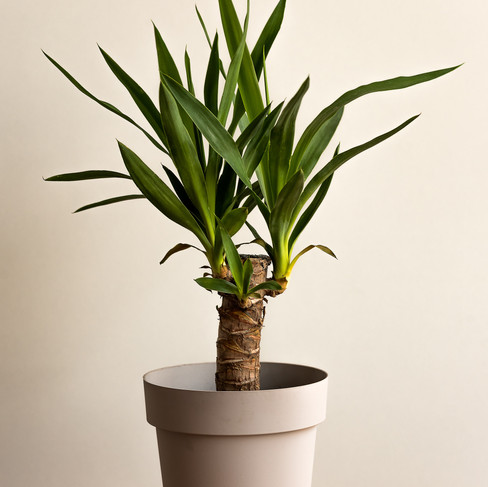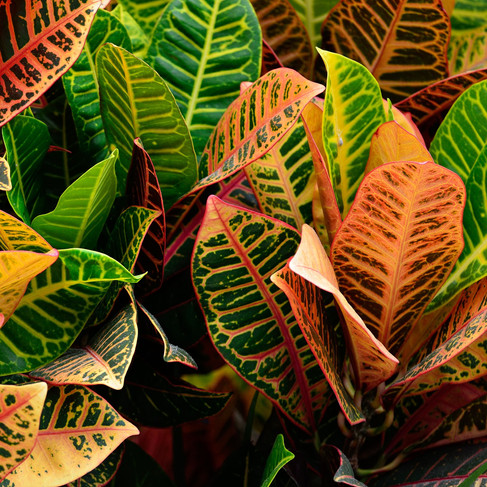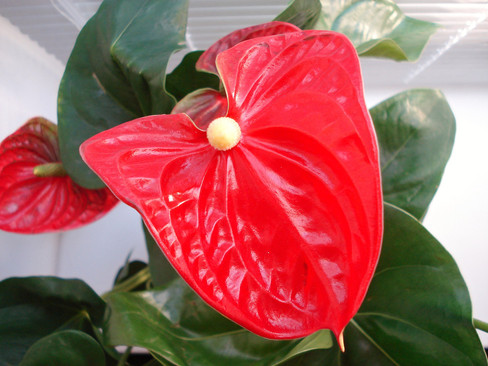Which depolluting plants for the office?
- Végétal Tendance

- Oct 29, 2021
- 4 min read
Updated: Nov 19, 2021
The office is a room where we spend more and more time. Sometimes synonymous with stress and headaches, we look for alternatives to this everyday life. Choose indoor plants that, in addition to being aesthetic, have many virtues and make your days more enjoyable. We will see which varieties of depolluting plants to install to improve our health and well-being.

Depolluting plants: how does it work?
At home and in the office, we are confronted with sources of pollution. Visible or not, these harmful substances come from various origins: paints, carpets, electronic devices or maintenance products. This is where indoor plants come in, since they purify our air: they absorb harmful substances from the surrounding air (for example carbon monoxide) via their leaves and roots and transform them into dioxygen. This phenomenon is called photosynthesis. Result: work in a healthier environment and be more productive.
What are the sources of pollution?
There are several types of toxic pollutants. First, there are VOCs (Volatile Organic Components) that cause allergies and irritations. In the long run, it can be dangerous and cause cancer. These pollutants are numerous and the risk in companies, especially open-space, is that they multiply. Some common pollutants include:
Trichloroethylene – found in printing inks, paints and varnishes
Formaldehyde – found in paper bags, disposable tissues and paper towels
Benzene – present in cigarette smoke, inks, DIY products
Xylene – present in rubber, leather and paint
Ammonia – present in household products, DIY products
There are also pollutants such as carbon monoxide, emitted by heaters or electromagnetic waves. These are all the devices we use on a daily basis, such as computers, phones or television. It is difficult to avoid them but depolluting plants play a role since they clean the air.
Our selection of depolluting plants
Easy to clean plants
Ficus Elastica : Also known as rubber (a robust and resistant plant), ficus elastica does not need light and is resistant to fairly cold temperatures. It prevents mould and eliminates carbon monoxide. This widespread plant is characterized by its imposing size and the appearance of its leaves. To sublimate this plant, use a pot cache or basket but be careful not to move it because it does not support the change.
Chrysalidocarpus palm : tropical plant, the palm can reach up to 2 or 3 meters high (ideal to partition the space if you work in open-space). Its elegant foliage will bring a touch of exoticism to your interior space. It requires very good light and does not tolerate temperatures below 18 degrees. It removes xylene and formaldehyde from building materials.
Yucca Elephantipes : Generally in pot, yucca requires a high exposure in full sun and requires quality soil. The ideal temperature is between 18 and 22 degrees. From time to time, use a damp cloth to remove dust from the foliage. This timeless plant offers greenery in any room throughout the year. Its long leaves are effective in treating pollutants such as ammonia or benzene.
Plants with good light exposure
Chlorophytum : Also known as a spider plant, this plant is distinguished by its long, supple and elegant leaves. Champion of indoor pollution control, it removes carbon monoxide, making the air healthier. Usually in jars, chlorophytum can hang and hide installations that you do not want to show. Easy to live, this plant needs bright light but without direct sunlight and adapts to indoor temperatures. The more it is exposed to a window, the brighter its foliage will be. Finally, this plant tolerates drought better than excess water.
Spathiphyllum : of exotic origin, this attractive plant dreads the direct sun but needs excellent light. The spathiphyllum is distinguished by its long leaves and creamy white flowers. It adapts easily to our interiors and develops when temperatures hover around 20-22 degrees. In a tray, pot or on a plant wall, this plant blooms all year long, especially in summer and autumn. Finally, it absorbs a large number of pollutants such as benzene, trichloroethylene and xylene.
Sansevieria : This succulent plant requires a good light exposure but can accommodate a half-shade exposure. It regulates ambient humidity: it absorbs carbon dioxide and restores oxygen. The sansevieria does not require much watering but needs a rich soil. It is the ideal plant for an office corner because it survives heating, air conditioning and forgetting watering.
Plants high in colour
Croton : Originally from Malaysia, this plant is perfect to give shine to your office or decorate a rather dark hallway if the plant is large and imposing. It is recognizable by its leaves of bright colors such as yellow, orange or purple. A high luminosity is essential to maintain the beauty of its foliage but be careful not to expose it directly to a hot radiator type location because the croton loves moisture. It removes formaldehyde from certain paints or carpets.
Red Anthurium : very similar to spathiphyllum, this plant stands out by the color of its leaves, here the red even if other species have different colors like white or pink. Its flamboyant flowering occurs in winter: humidity, heat and light are the watchwords. Its foliage allows to take advantage of the depolluting properties of ammonia.
The hydroculture process for your plants: easy maintenance
At Végétal Tendance, we think about you. How about having fresh and graceful plants without too much care? We use the hydroculture process, which is to put the plants in pots filled with clay beads soaked in water. The roots of the plants will draw water and nutrients necessary for its proper development. The waterings are therefore more spaced even for the most greedy plants.

The brake of the depolluting plants
Houseplants don’t just work miracles. As we have seen earlier, they absorb and transform some of the pollutants but zero risk does not exist. Everyday gestures must be maintained: ventilation of the spaces regularly by opening the windows, maintenance of the ventilation system and choice of household products and healthier DIY.
Have you thought about renting depolluting plants?




































Comments